Anastasia Samoylova, who alternates between photography and painting, most recently shared her imagery in a dual exhibition alongside the late Walker Evans at the Met: a showcase of two differing visions of Florida. This summer, at Casa Tua Aspen, Samoylova’s elected to share a different kind of pairing: the work of her idols and early morning rituals, all captured within the same shot.
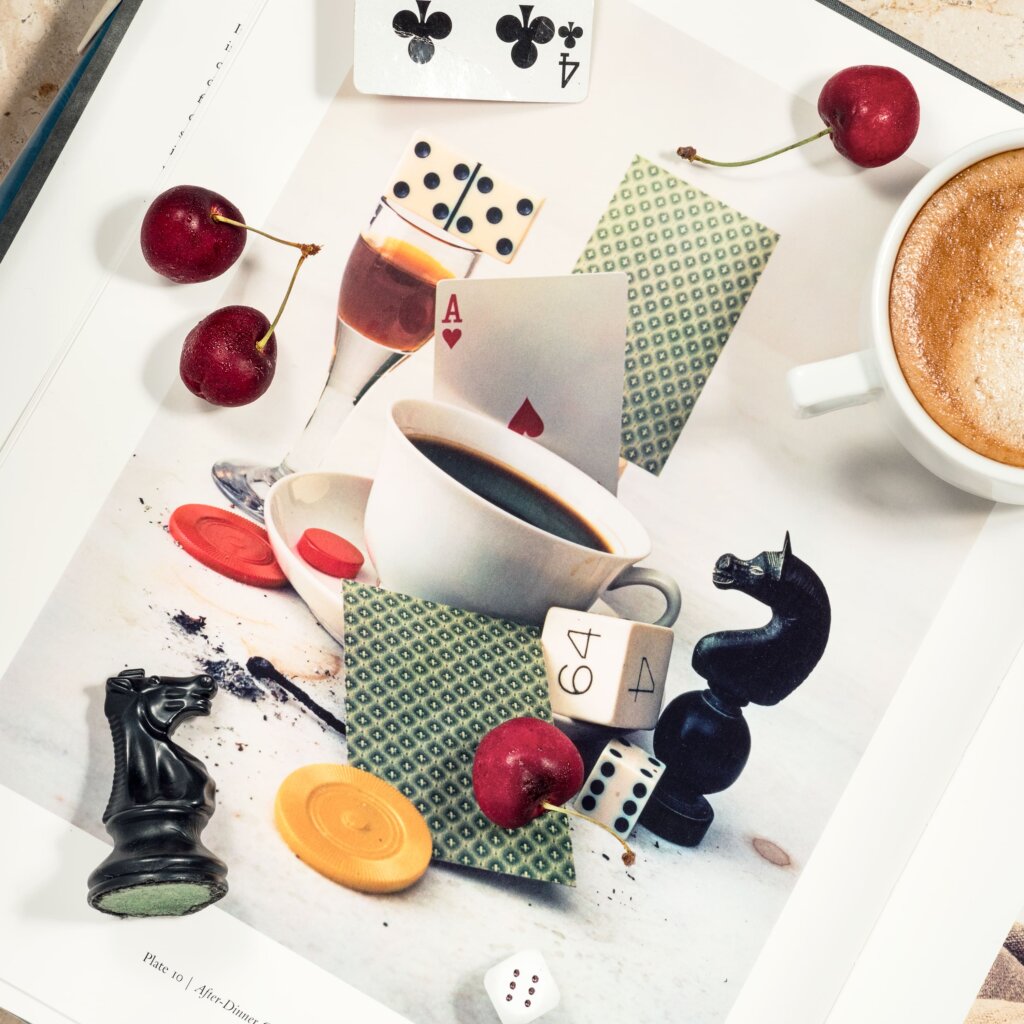
This show will include works from your rarely shown “Breakfasts With” series, which blends breakfast food with photo books from notable creatives. How did that series develop?
The Breakfasts series began in 2015, just after I received my green card. I’m a citizen now, but I still remember the thrill of finally being able to put down roots after nearly a decade of uncertainty. Strangely, the ultimate luxury wasn’t a car or a home—it was the freedom to collect heavy art books I could never justify owning while constantly preparing to potentially move back.
At the same time, I had just left a tenured position teaching photography—a decision that was both liberating and terrifying. To ground myself, I started giving quiet assignments each morning, using those books as creative prompts. I’d photograph my simple breakfast alongside works by the artists I admired most. These little still-life “conversations” became a way to turn anxiety into focus, a ritual that replaced fear with engagement.
Rather than waiting for some grand flash of inspiration, I tuned into a rhythm—responding to the visual languages of others, then letting my own emerge. Both “FloodZone” [2016–ongoing] and “Floridas” were born from that daily practice: mornings spent looking closely, thinking freely, and moving forward without overthinking. It became both a meditative routine and a personal homage to the artists who’ve helped shape my path.
Can you describe the process of matching the food with the artwork in “Breakfasts With”? Was there any particular artist who you struggled to find a match for?
The pairings were never literal or overly conceptual. I wasn’t interested in visual puns. It was more intuitive—thinking about how the vibrancy of how a [William] Eggleston might sit next to a French toast, or how a mess of berries might hold their own against a Horst P. Horst. The hardest one was probably Barbara Kasten, a major art crush of mine. It took a while to find a breakfast that didn’t feel fussy or overdone next to her incredible work. In the end, a cut mango was the answer. Sometimes the lightbulb moment is realizing you’ve been overdoing it—spontaneity is key.
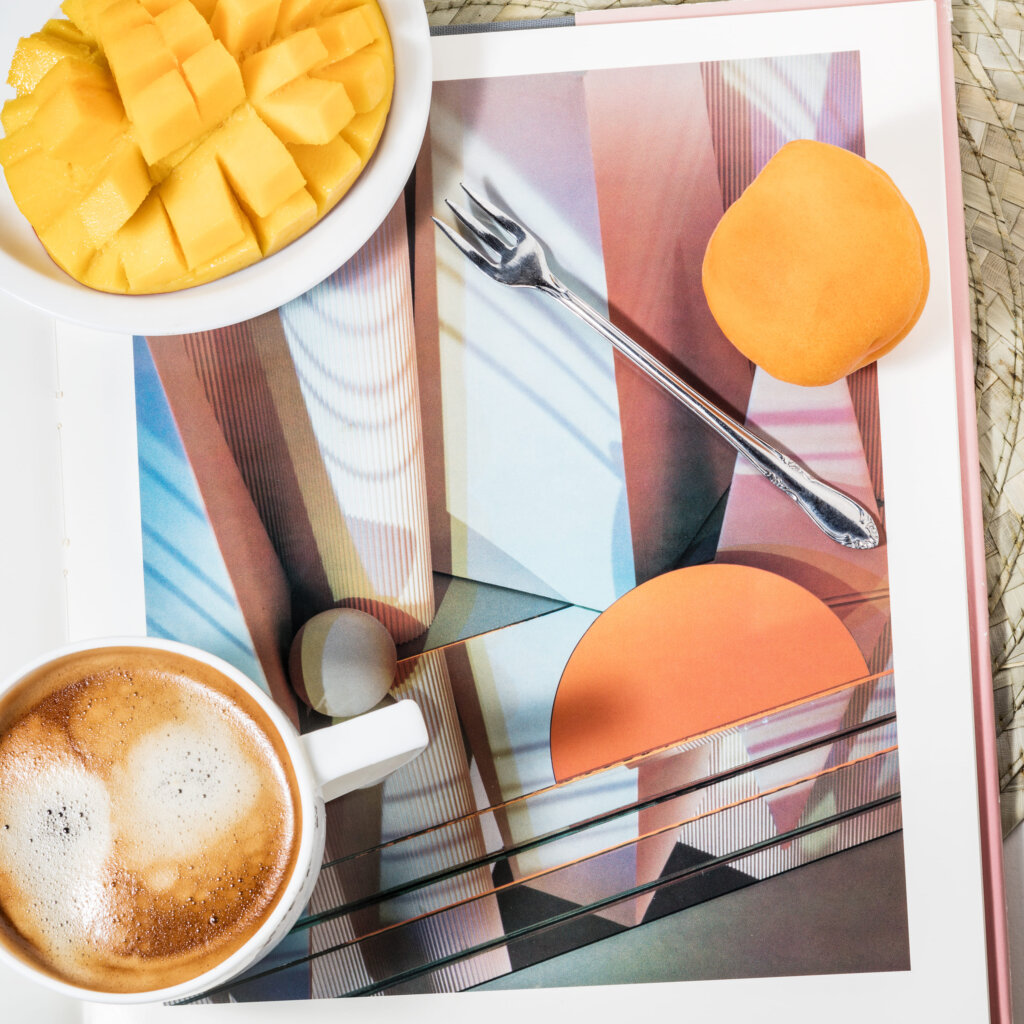
If you could eat any breakfast food with any artist, alive or dead, what combination would you pick?
Robert Rauschenberg, no question. I imagine we’d have a chaotic diner breakfast—eggs over easy, toast that doesn’t match, maybe something sweet on the side for no reason at all. He embraced contradiction so naturally, which is something I gravitate toward in my own work. We’re also both island escapees: He had Captiva, I have Miami Beach—while keeping a foot in New York. I once visited his estate on Captiva Island, and it felt like a true artist’s utopia.
Your work has a way of disorienting the viewer and making it impossible to first determine the foreground versus the background, and the real versus the fake. How do you achieve that effect technically, and why are you drawn to it?
Technically, I rely on flattened space, reflections, overlays, and juxtapositions that mirror our overstimulated visual environment. My photographs are always made with an acute awareness of how photography functions in the world. We live in a mediated reality, and photography is our dominant visual language. So I see image-making not just as aesthetic, but as cultural critique.
But more importantly, my photographs are always made with an acute awareness of how photography functions in the world. We live in a mediated reality—photography is our dominant visual language. So I see image-making not just as aesthetic, but as cultural critique. My work references the full spectrum of that language: from the compositional strategies of historic painting, to the self-conscious polish of Instagram influencer food blogs. It’s a conversation across time and platforms. The goal isn’t to create illusion for illusion’s sake, but to slow the viewer down—to ask them to look, then look again, and consider how much of what we see is carefully constructed.
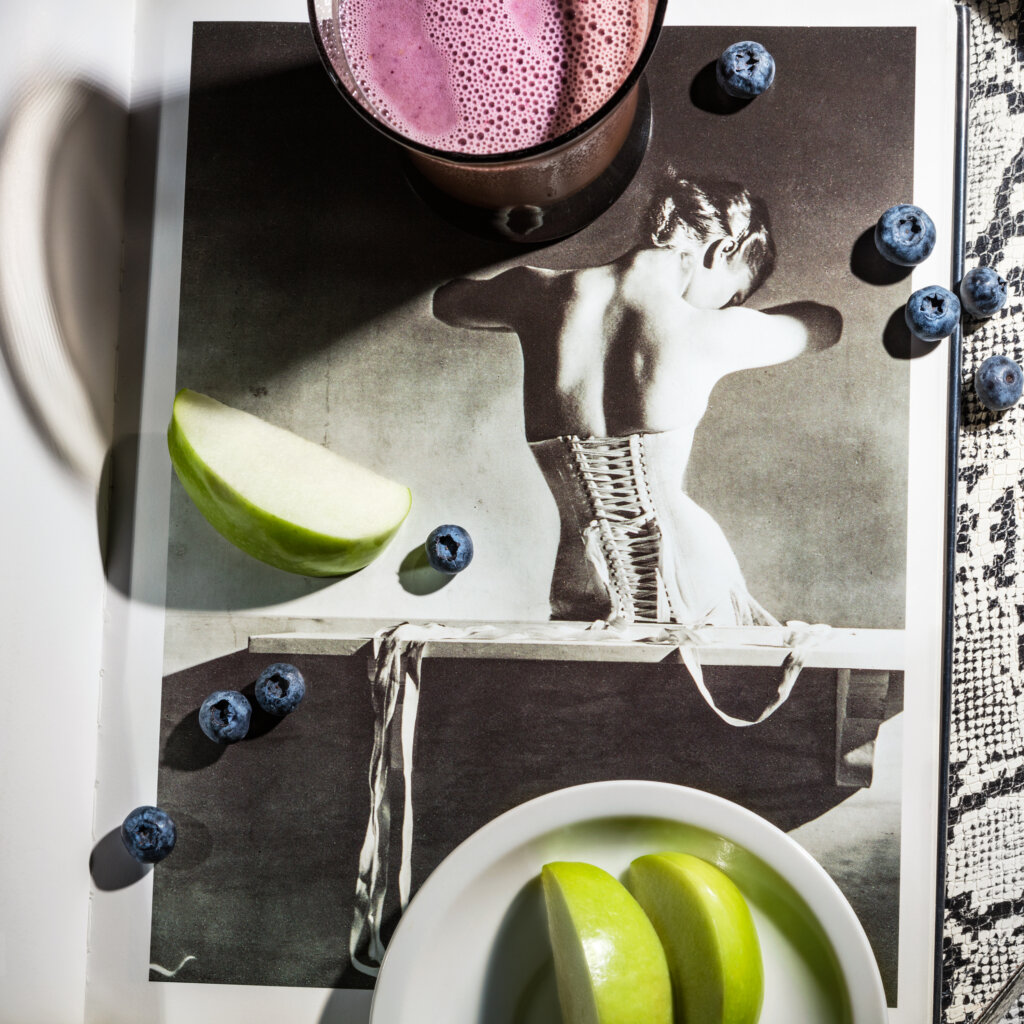
You’ve traveled throughout the U.S. extensively and photographed pockets that aren’t often subject to the artist’s gaze. What has been your exposure to Aspen, Colorado, and the Rocky Mountains? Is there anything about the landscape or the local culture that would make it an appealing (or less appealing) subject?
While my work has focused heavily on the American South and East Coast, I’ve long been intrigued by the mythos of the American West—the vastness, the visual drama, the contradictory narratives of expansion and escape. Aspen, and the Rockies more broadly hold a kind of cinematic allure. They’re often seen as a symbol of American luxury and frontier spirit simultaneously, which is a tension I find ripe for visual exploration.
My exposure to Aspen has been limited so far, but for the opening of my exhibition and artist talk at Casa Tua Aspen, I plan to spend some time exploring the area. The Western landscape is very much on my mind as the next creative frontier for my photography. I want to approach it not as a romanticized wilderness, but as a lived environment shaped by tourism, climate, wealth, and the shifting idea of “the great American escape.” This visit may very well be the first step toward that new body of work.


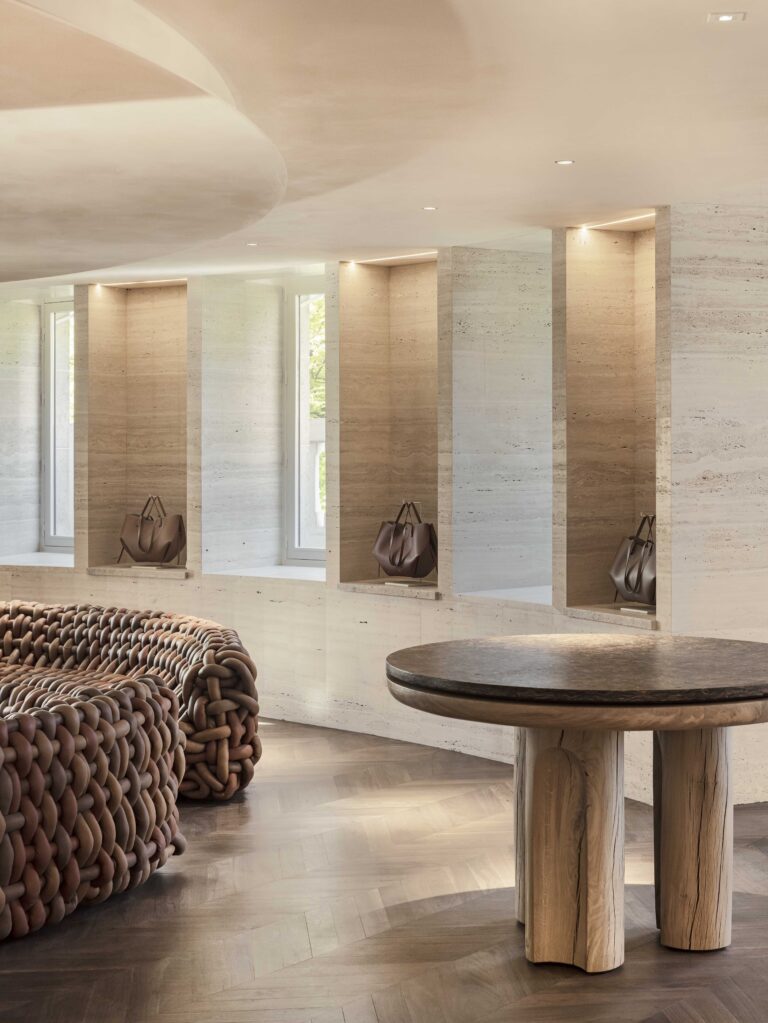
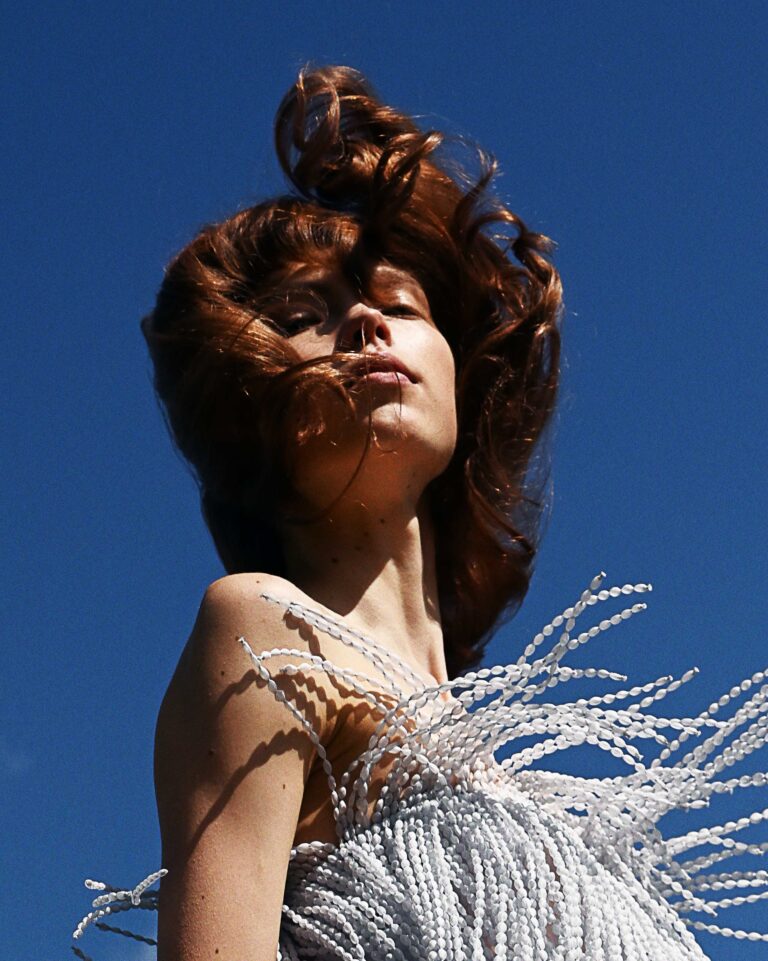

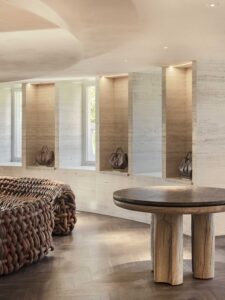
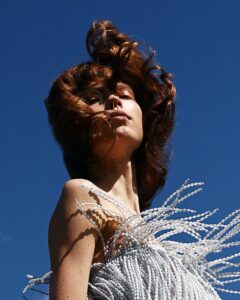



 in your life?
in your life?

